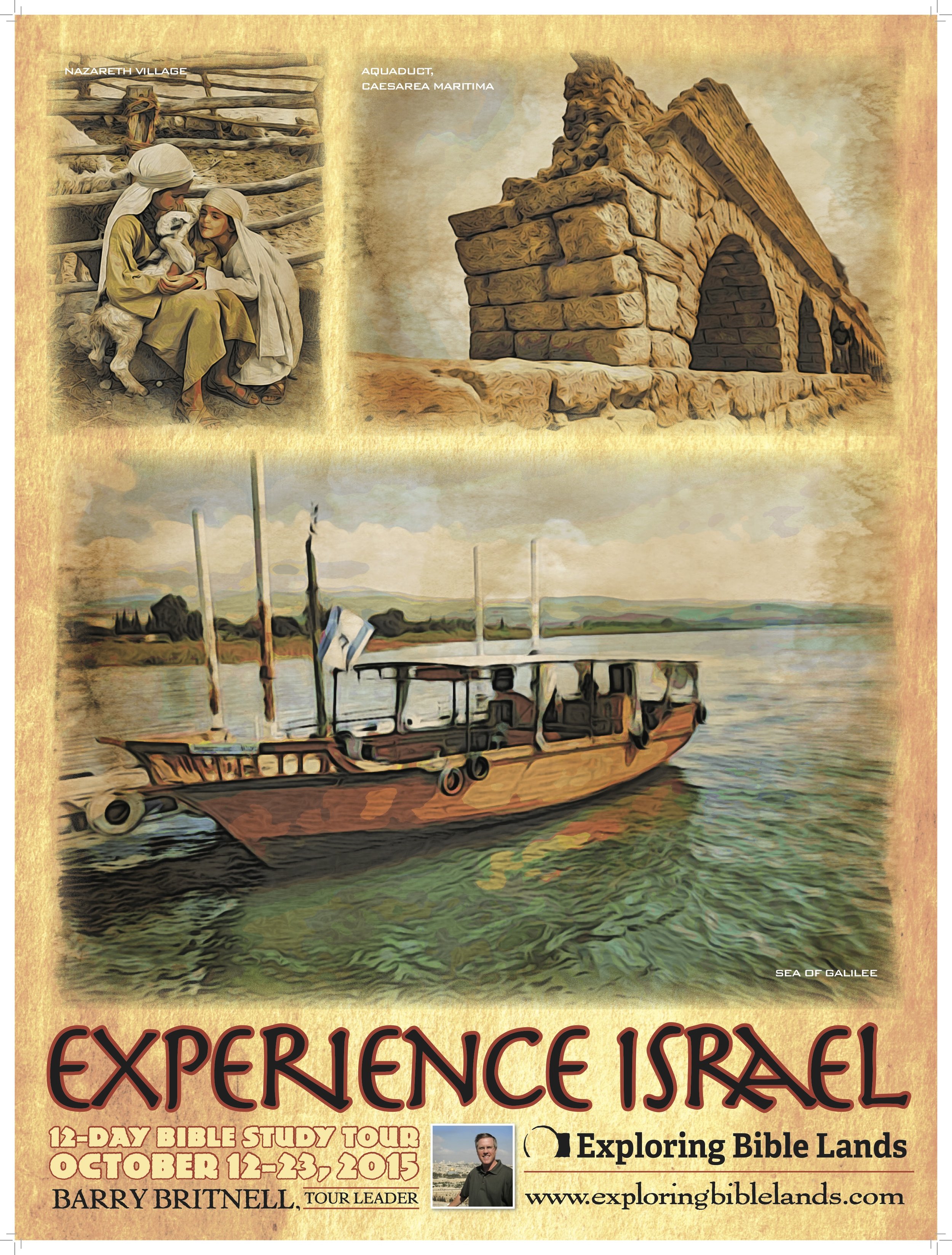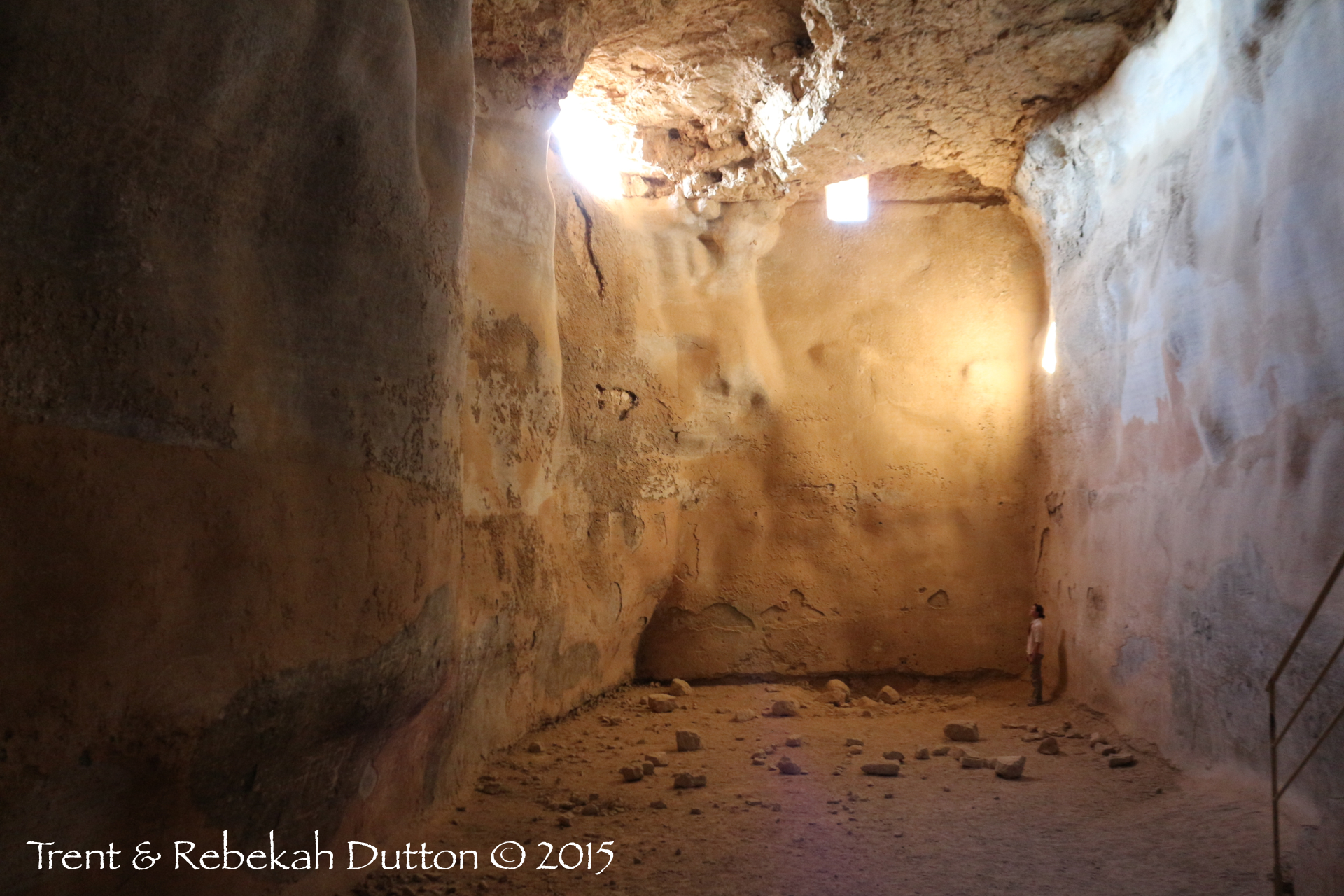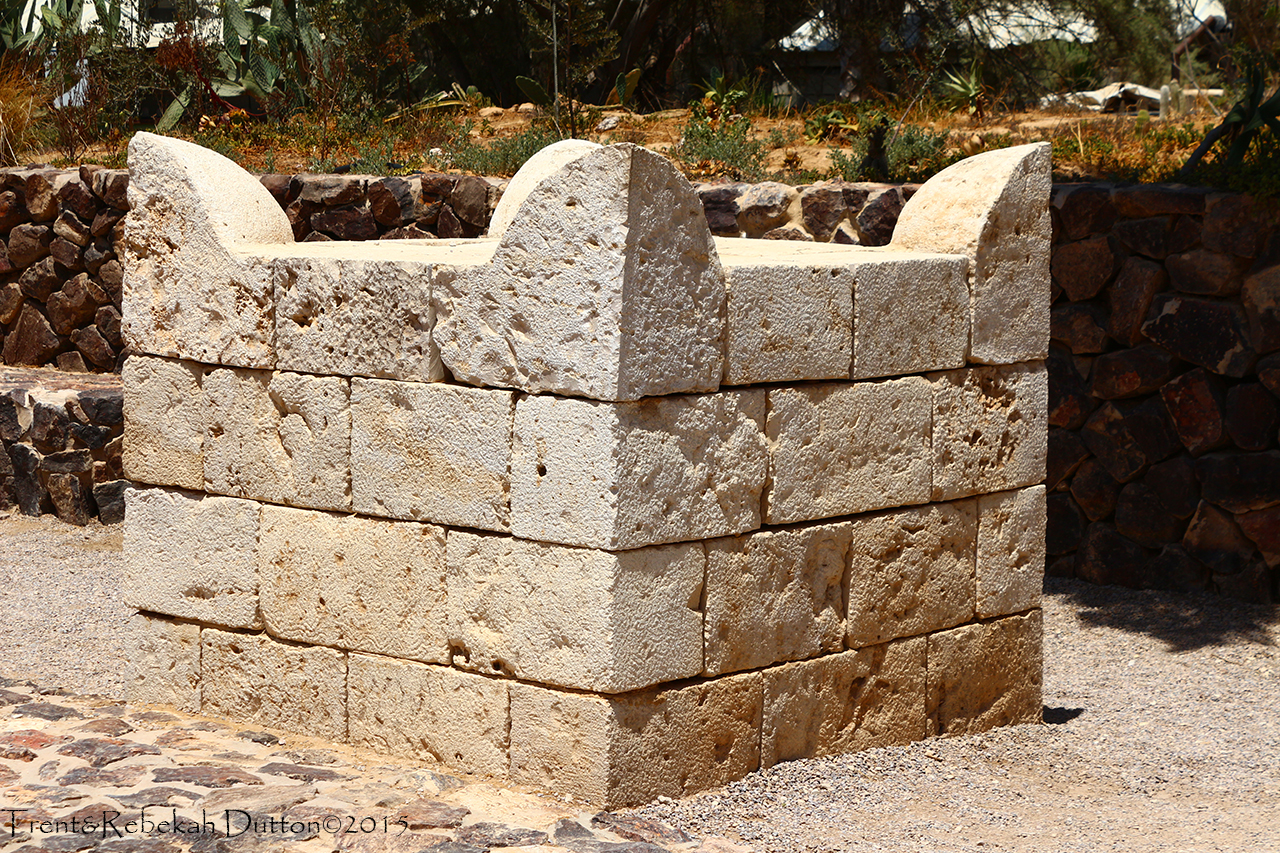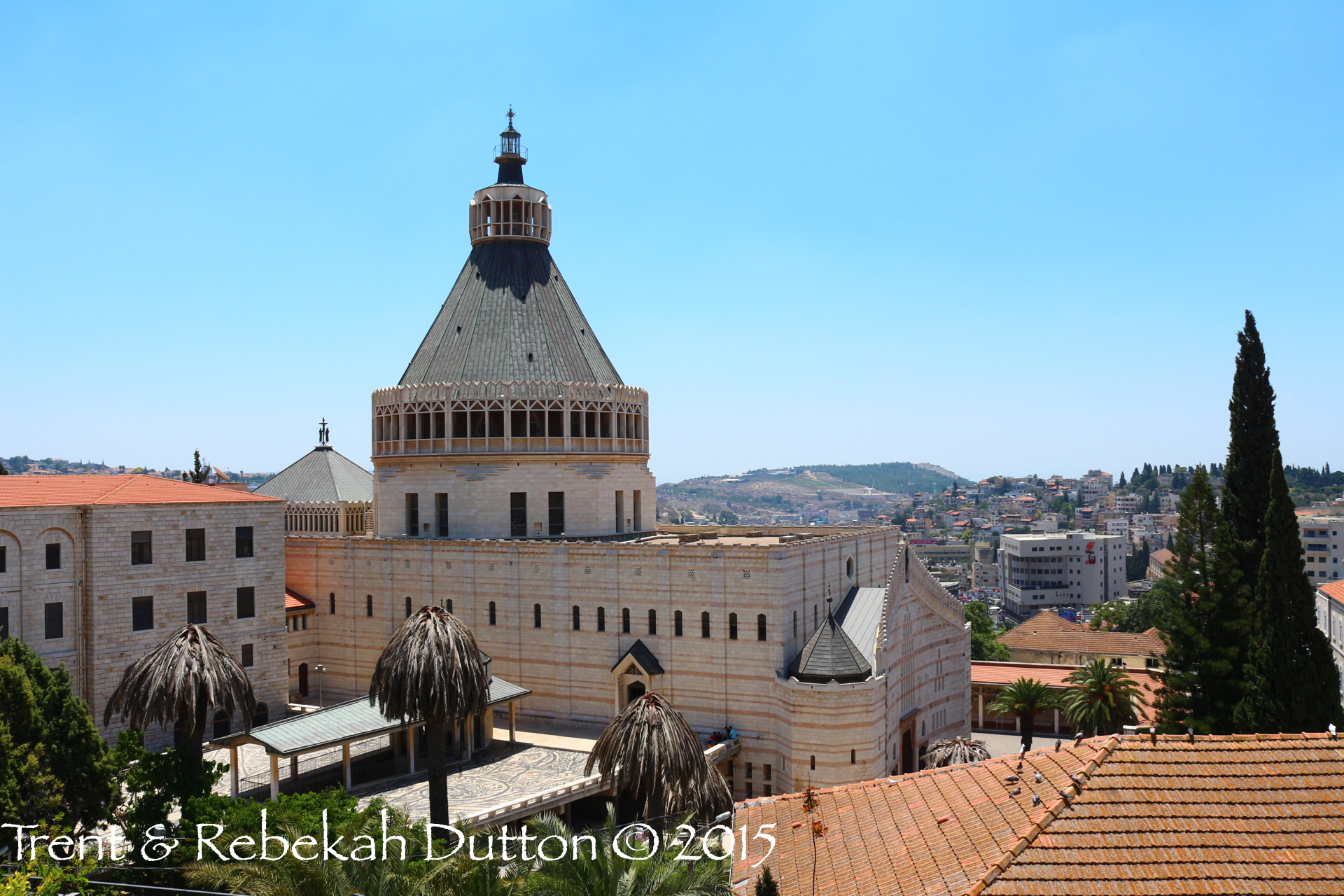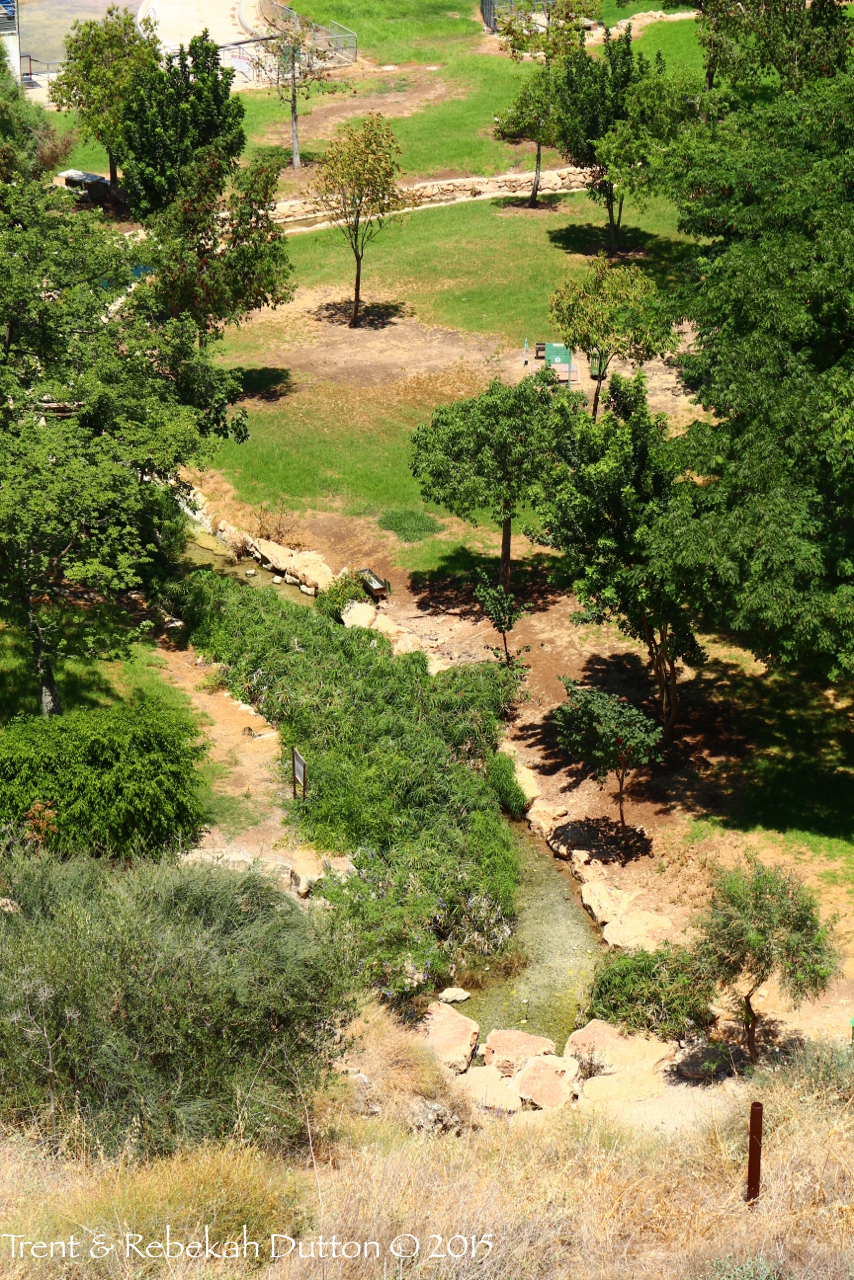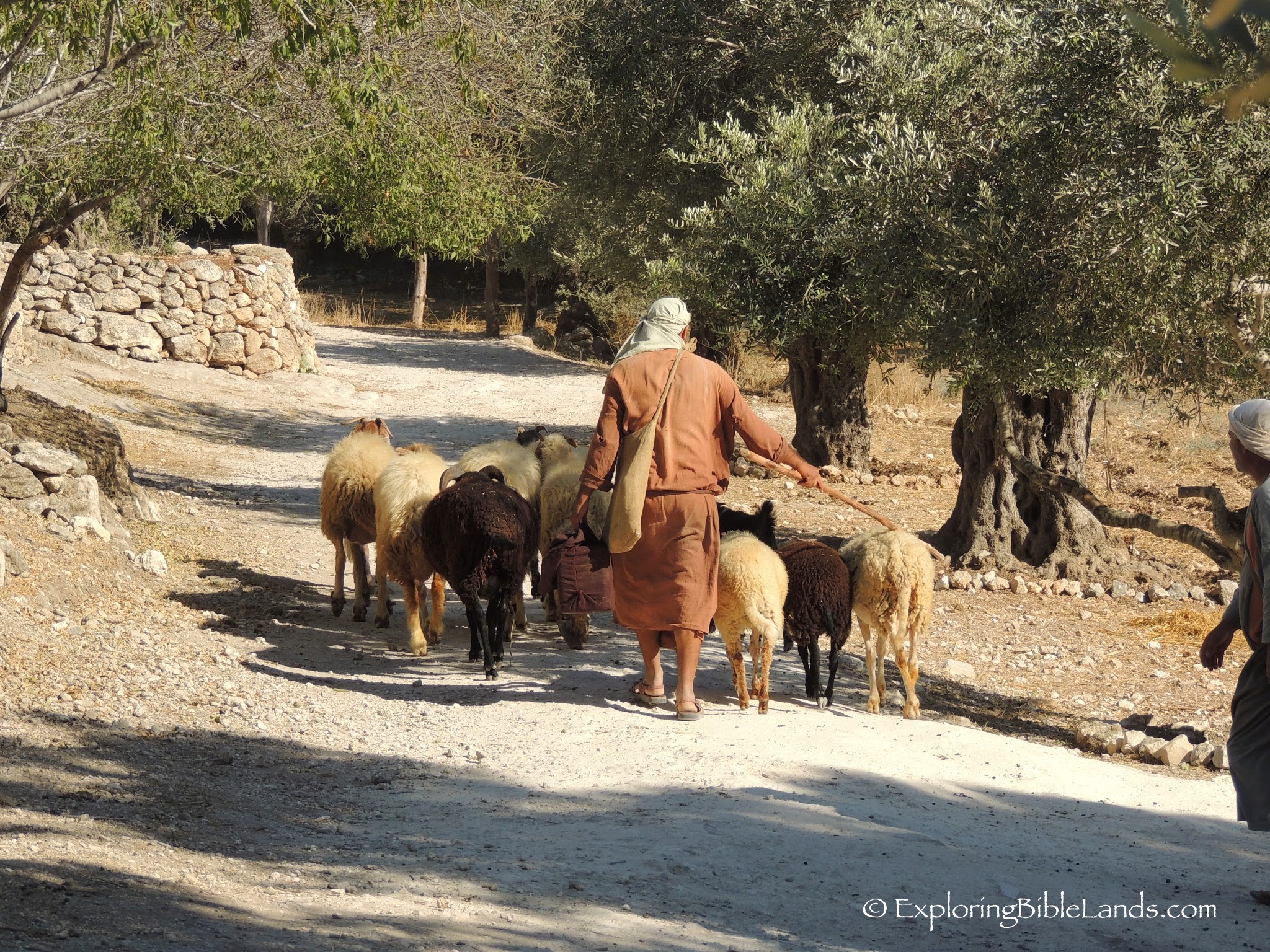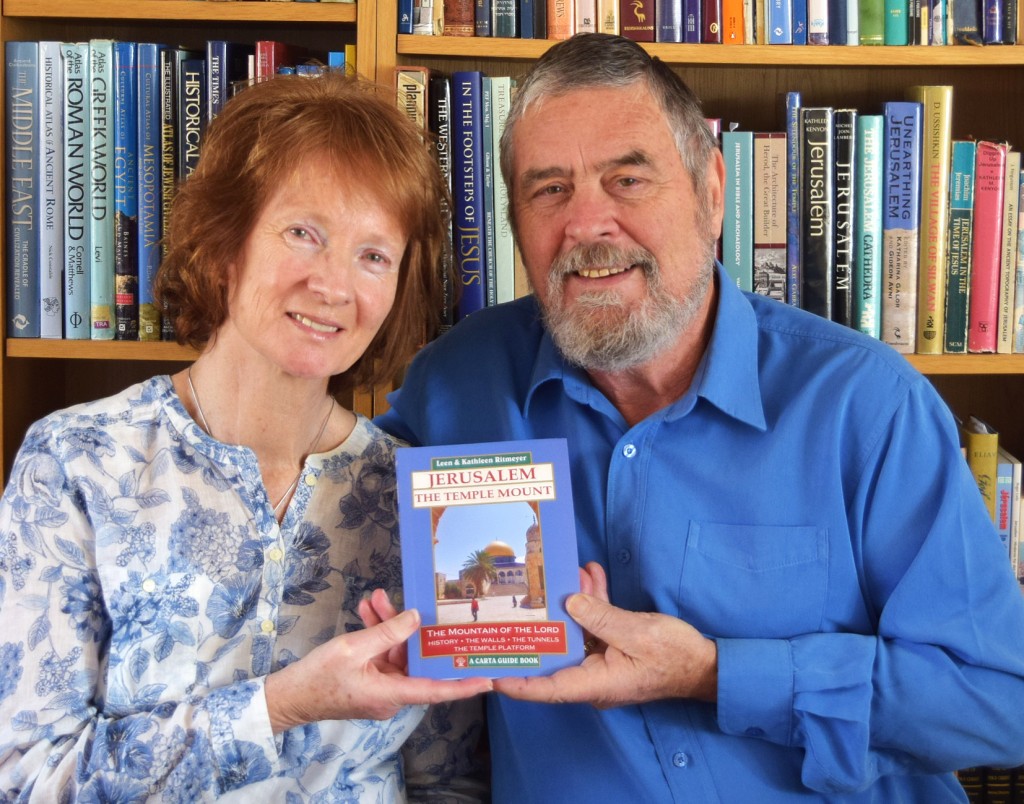 NOTE: I am continuing my series of retrospective posts on the our tour from one year ago. I invite you to start at the beginning and read through all of them.
Typically, flights from the United States to Israel land in the mid-to-late afternoon. From a traveler's perspective, this is a very good thing. Upon landing, you usually have a rush of adrenaline because you are in a new place with so many fantastic things to see. This adrenaline rush usually lasts a few hours, which is enough time to land, go through Passport Control, grab your bags, drive out to the hotel and eat dinner before crashing in bed.
NOTE: I am continuing my series of retrospective posts on the our tour from one year ago. I invite you to start at the beginning and read through all of them.
Typically, flights from the United States to Israel land in the mid-to-late afternoon. From a traveler's perspective, this is a very good thing. Upon landing, you usually have a rush of adrenaline because you are in a new place with so many fantastic things to see. This adrenaline rush usually lasts a few hours, which is enough time to land, go through Passport Control, grab your bags, drive out to the hotel and eat dinner before crashing in bed.
Our first night stay was in the beautiful coastal city of Netanya. Our hotel overlooked the Mediterranean Sea. That evening, there was a warm wind blowing in which made the air feel much warmer than it really was.
Upon waking the next morning, I saw about 5-6 of our group already up and walking along the coast. It typically takes a day or so for your body to adjust to the timezone change. These folks woke up early and instead of staying in bed, decided to take advantage of walking along the coast at sunrise. A wonderful way to start your day.
Tomorrow: Across the entire country, from sea to sea.
Have you been enjoying these posts on last year's tour? Are you interested in traveling with me this year? Then, I would love to have you join me. Our 12-day tour is scheduled for October 12-23. We will stay one night on the Mediterranean Sea, three nights on the shores of the Sea of Galilee and five nights in beautiful Jerusalem. During the day, we will visit dozens of sites that will enhance your understanding of the land and of the Biblical stories that take place in them. Reservations are coming in, but we still have some availability! This is a first-class tour with many extras thrown in that many Israel tours overlook. If you are interested, I encourage you to read the itinerary and contact me personally for more details.


